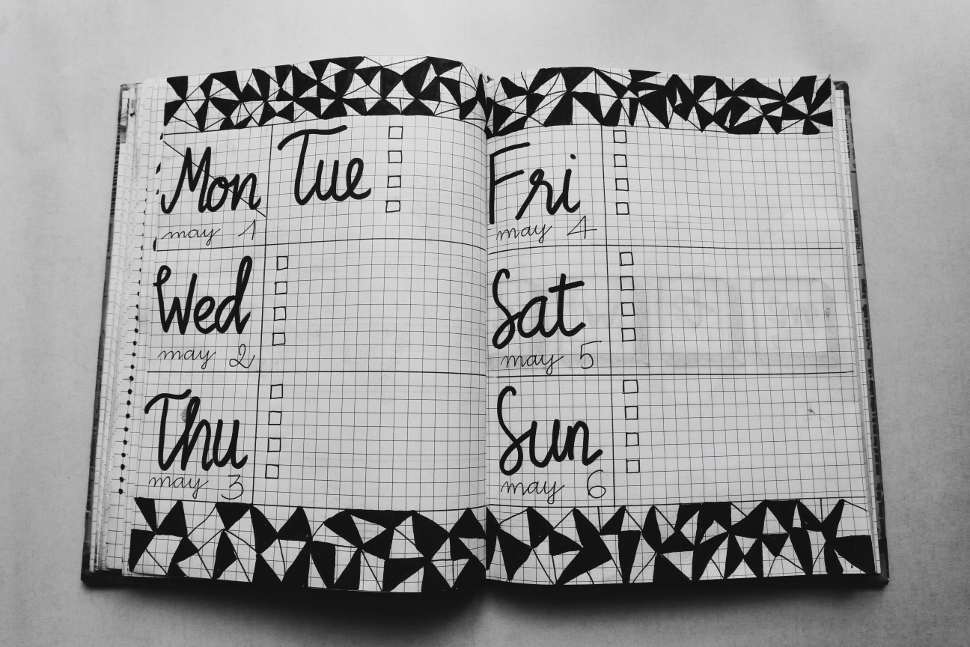
When it comes to the category of productivity hacks, I’d like to know who its publicist is and hire him or her, because the press is unbelievable. From productivity experiments like eliminating Mondays to the juggernaut that is working from home to the obsession with lost productivity, it has all been on the red carpet of relevance.
But even within all of this, a 2018 study by productivity expert and Filtered.com CEO Marc Zao-Sanders really caught my eye. Zao-Sanders’ company conducted a thorough search of all the productivity articles online, scrubbing for the 100 most frequently cited effective tips. It then ranked, from 1 to 100, the most powerful productivity hacks, using raw usefulness and ease of implementation as the discerning metrics.
The number one most effective productivity hack was something called “timeboxing,” which Zao-Sanders detailed in a Harvard Business Review article.
Timeboxing takes the time-honored tradition of a to-do list and reimagines it. It’s essentially taking that to-do list but focusing it and calendarizing it in chunks of time, or “timeboxes,” that you literally commit to on a calendar.
So, assign a fixed period of time to a to-do item, schedule it, and stick to it. Voilà.
To understand its power, it helps to illuminate the problems with the traditional to-do list. As Zao-Sanders points out, to-do lists are typically populated with way too many items, not prioritized well, and enable some of our worst anti-productivity habits. Meaning, we tend to do the easiest tasks first for a sense of accomplishment, even though those items are rarely the most important.
And, as Zao-Sanders says, “We’re rarely drawn to important but not urgent, like taking time for learning.” Finally, the to-do list seems to linger forever, expanding and contracting like an accordion, but never really triggering what’s most important when it’s most important.
Timeboxing changes all that, by helping you get the right things done at the right time.
So I gave it a whirl.
Here’s what I learned when I tried timeboxing
1. It takes discipline to start, but it pays off in the end in increased productivity.
I’m a fairly high-productivity person to begin with, so I was admittedly skeptical when I started timeboxing. I soon learned it takes real intentionality and some disciplined effort to calendarize a to-do list. You have to think through in advance how long each task will take and which tasks are really the most important, and then be brutal about working that task to completion within the time allotment you gave it. I found that in the beginning, I stunk at estimating “time for completion.”
But no hack comes without a few sharp edges. The core work of timeboxing is what being more productive is all about–being organized, premeditated, and disciplined.
With timeboxing, as Zao-Sanders predicted, you avoid Parkinson’s law, the idea that work expands to fill the time available for its completion. “There’s a half an hour left in this timebox,” you admonish yourself. “I’ve got to get this done!” And with practice at time-estimating, you do.
All in all, I definitely found my productivity was enhanced.
2. I gained a more targeted, earned sense of accomplishment.
I’m the kind of person who cranks through a to-do list pretty quickly, not too bothered if the remaining items are the most important. Timeboxing helps ensure that the most important things get done first, so the sense of accomplishment from properly prioritizing is more targeted and feels earned.
And not only do the right things get done, but the literal idea of “time in a box” forces you to single-task versus multitask. You feel stress in trying to accomplish that task within the time you allotted for it, but it’s productive stress. Unlike the stress of staring at an ever-growing to-do list and wondering if you’ll ever complete it.
3. I ended up building my own hybrid version of to-do/timeboxing.
I still like the visual, stacked to-do list. There’s something about it that gives me a sense of thoroughness and control. So I still use it. But I timebox the most important items on that to-do list, and denote on the list (with a little square) that the item has been timeboxed on my calendar. That way, in the space in between timeboxed events, I can still achieve a sense of accomplishment by completing and crossing off a few of the more mindless, less urgent tasks on the to-do list.
So, in the end, I guess I’ve hacked the hack.
You can too–or you can just go all in. Either way, box some time to experiment with this top-ranked tip.
NOTE: If you like learning from my “snackable” posts, you’ll love LinkedIn Learning, the best source for easy-to-digest online courses on a huge variety of relevant topics. Try a FREE 30-DAY trial here:
https://linkedin-learning.pxf.io/c/2424120/449670/8005




Leave a Reply